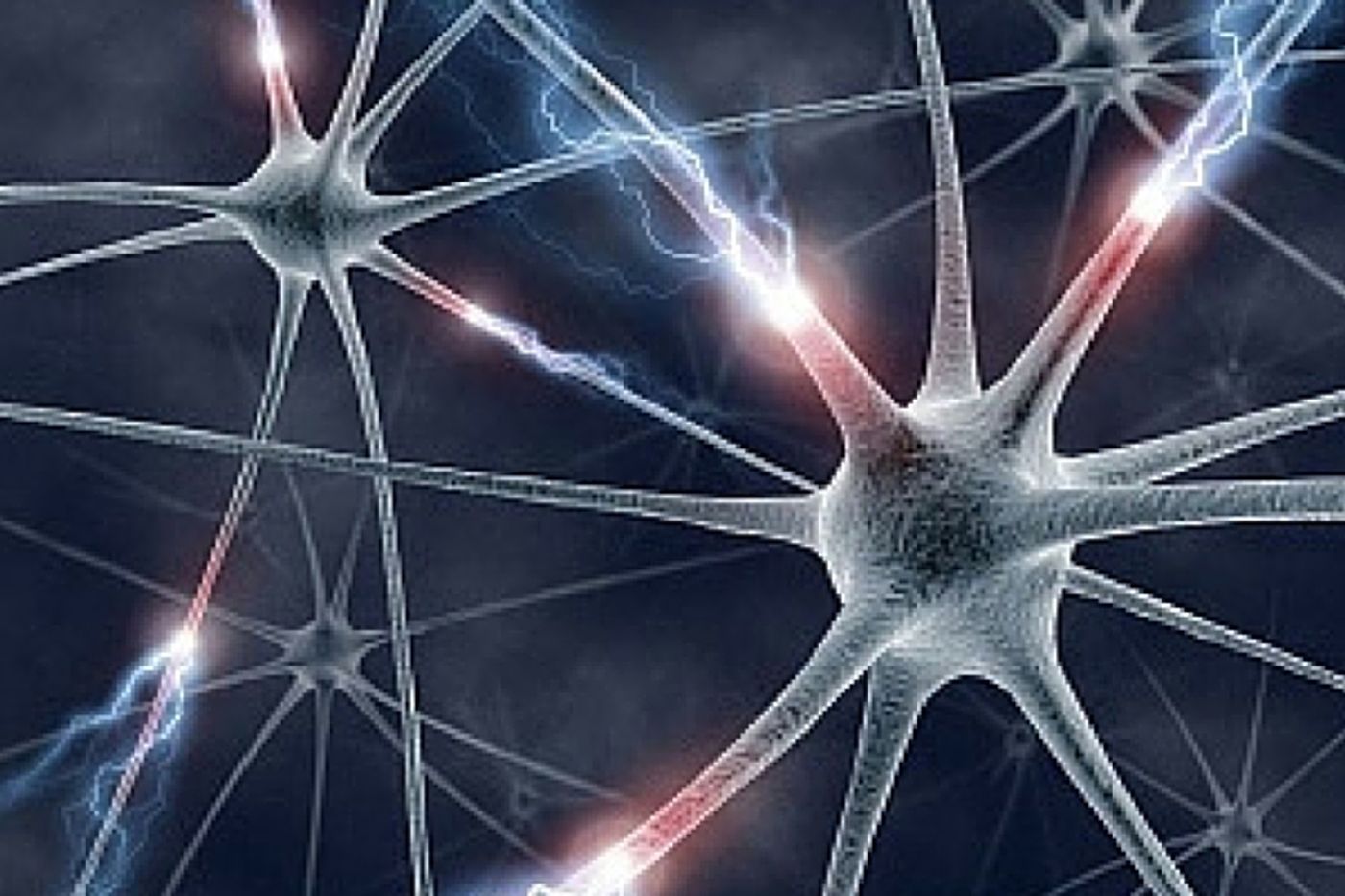New Technique to See Proteins in the Brain
At the Max Planck Florida Institute of Neuroscience (MPFIN), researchers are looking at a a method used to repair DNA in infected cells to help identify proteins in brain cells. Ryohei Yasuda, Ph.D., Scientific Director, and his team are using a gene editing process to further understand the way cells in our brains change as we learn and form memories. Knowing how the cells in the brain function in learning skills and retaining memories is vital if medical science is to find the causes and treatments for neurodegenerative diseases like Alzheimer’s, Parkinson’s and some mental illnesses as well.

The problem is that the techniques for finding and visualizing the actions of specific proteins in single neurons are not very efficient. There is no imaging method that can see these proteins clearly. In addition it can take years and hundreds of thousands of dollars to find out how just one kind of neuron works, and so the task would seem all but endless. At the MPFIN research fellow, Jun Nishiyama, M.D., Ph.D., and post-doctoral researcher, and Takayasu Mikuni, M.D., Ph.D., are using the DNA editing technique of CRISPR/Cas9, which has only been around since 2014, as a basis for their process to investigate neurons.
CRISPR is a mechanism within the DNA of bacteria that the single-cell organisms use to fight infections. When a virus breaches a cell and attempts to insert its own infectious DNA into that of a bacterial cell, a special section of the bacterial DNA, called CRISPR, slices the invading DNA, making it ineffective and harmless. The CRISPR/Cas9 process is being used in many applications to knockout specific disease causing genes. The cell then repairs its DNA and along with knock in genes that are inserted during the process called Homology Directed Repair, or HDR, the invader is neutralized and the cell returns to being healthy.
The CRISPR system has been a boon to research in many areas, however it’s not successful in brain cells, because it only works on cells that are still dividing. Once the brain is formed, cells no longer divide., there has been little success in manipulating DNA in brain cells, because by the time the brain has formed, its cells are no longer dividing and the knock in genes cannot be added.
Yasuda and his team developed a method, which they call SLENDR (single-cell labeling of endogenous proteins by CRISPRCas9-mediated homology-directed repair) that can be used to modify the DNA in single neurons in living samples. Using in utero electroporation, a technique that allowed them to insert the CRISPR/Cas9 system into prenatal brain cells. These cells were still developing and dividing., allowing the DNA to be repaired via HDR as well as allow the insertion of a gene that made proteins turn color, which in turn made them visible under a microscope. The method resulted in the researchers being able to visualize two different proteins, each with its own color, in one cell. DNA sequencing was used to check that the method really had knocked out the “bad” genes and knocked in the “good.”
In a press release, Dr. Yasuda said, “I believe that SLENDR will be a standard tool for molecular and cellular neurobiology. SLENDR provides a valuable means to determine subcellular localization of proteins, and will help researchers to determine the function of the proteins.” The video below talks more about the new method and what it involves, take a look.
Sources: Max Planck Florida Institute for Neuroscience, Cell








